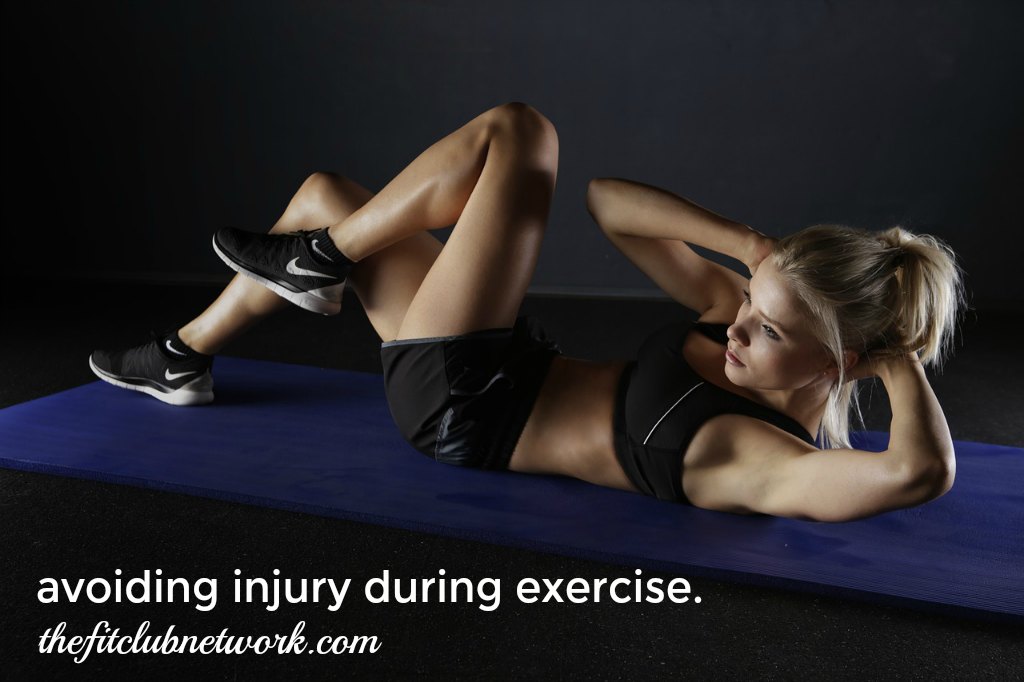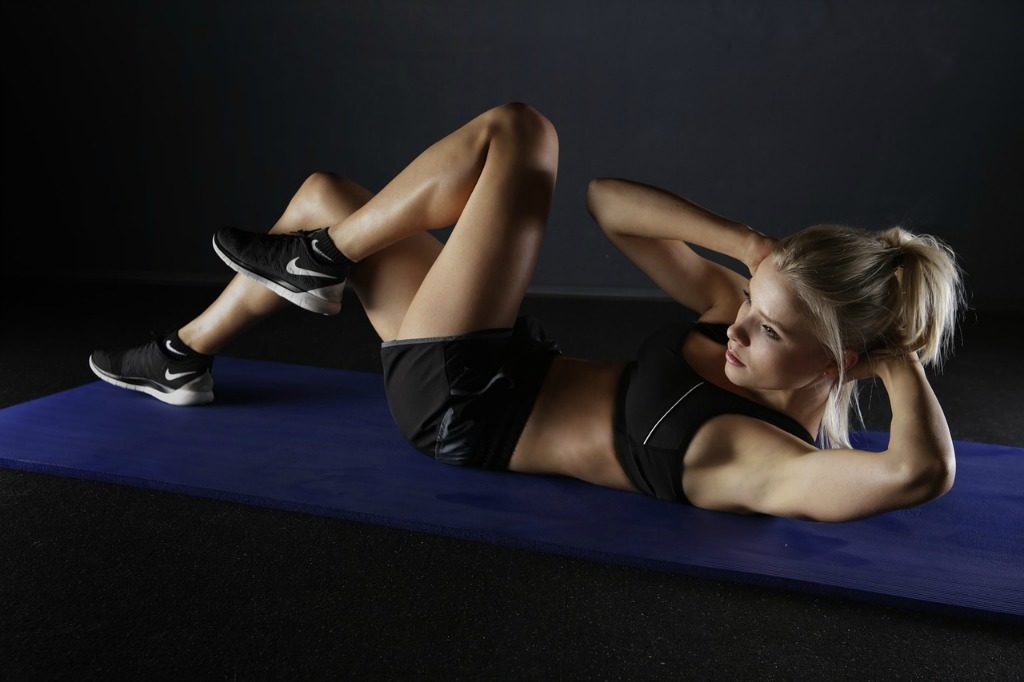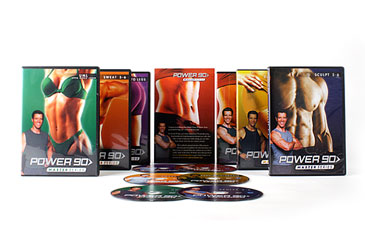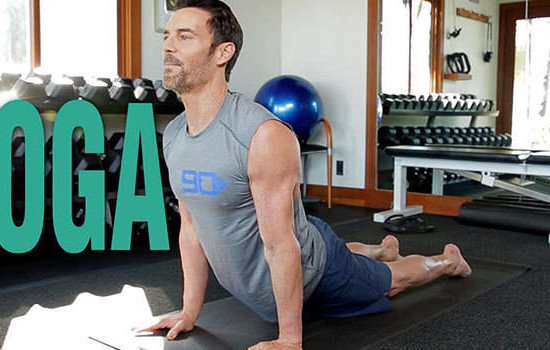

Avoiding Injury During Exercise
Those of you who follow our blog know that I’m no stranger to exercise-related injury. I enjoy pushing myself hard and love extreme sports like skiing and surfing. I’ve been a triathlete and pushed my body to its limits. Taking risks means injury—and, let me tell you, they’re not easy to come back from. You may think these injuries only happen to folks like me. Not true. Even you can get hurt doing general fitness as well, which is why I want to pass along some tips for avoiding injury during exercise.
Having an injury isn’t just painful—it takes you away from doing the things you enjoy and often includes costly medical care (doctor visits, diagnostic tests, physical therapy, etc.). Remember that adage about an ounce of prevention? Well, it’s right on the money when it relates to getting your body ready for exercise and slowing it down when you’re finished.
Before You Start Exercising
Before I share some of our tried-and-true methods, I want to caution you with a couple of suggestions before you start exercising:
- If you’re over 55, check with your doctor to be sure you are safe to exercise. It’s a bitter pill to swallow to admit we’re at risk when we age. If you’re starting from scratch, you want to be sure that your heart is healthy enough to start an exercise regime.
- As with any new skill, you’ll want to ease into it. Start with shorter duration exercises sessions and increase the intensity as you develop stamina. You won’t be a superstar athlete overnight, give yourself time to build up your skills and fitness. Pushing yourself too hard and too soon is a certain recipe for injury.
Okay, enough disclaimers…let’s get to my tips on how to avoid injury during exercise!
Tips on Avoiding Injury During Exercise
Tip #1: Stretch Before You Start Exericising. Your muscles and ligaments need a chance to wake up. Stretching is just the thing for that. I like to do some yoga when I’m warming up because it offers me a good stretch and gets me mentally centered. Start with stretching exercises (no bouncing!) and slowly warm up your muscles. Beachbody has some great plyometric exercises that give your body a chance to get loose and limber. Stretching has also been proven to increase flexibility and that’s always a good thing. Don’t forget to stretch a bit post-exercise too.
Tip #2: Warm-Up. Don’t just start on your treadmill or jump on your bike. You have to get your body ready. Get some blood flowing to your large muscle groups and some air flowing into your lungs. If I’m planning on going for a run, I’ll start out by walking to get things going and, when I’m loose, then I break into a run. Some folks like to jump rope or do some old-school calisthenics.
Tip #3: Cool-Down. Just as you’ll want to slowly ramp up, the same is true about stopping exercise. When your heart is at its peak rate for maximum burn, stopping suddenly is just a bad idea. If you’re running, slow to a jog and then a walk. If you’re doing an exercise video, cool down by reducing your intensity and moving into stretches. Give your heart a chance to slow down gently will help your muscles as well.
Tip #4: Cross Train. If you do the same exercise every time you work out, you’re more likely to burn out your muscles and body. Besides, it’s kind of boring, right? Who would want to eat the same for every single meal? The same is true with exercise. Try some variety! I like to run one day, surf the next, jump on my bike the day after that. Exercise can and should be fun, plus it’s just better for your body.
Tip #5: Listen to Your Body. After exercise, particularly when it’s a new movement for you, lactic acid will build up in your muscles and you’ll be sore. That’s totally normal. But, there is a difference between being sore because you worked your muscles effectively and recognizing true injury. Anytime you feel a burning or tearing sensation, you’re on your way to hurting yourself. Listen to your body and learn where your limits are and respect them.
Tip #6: Keep Your Head Up. If you work out at home, then you’re golden. But, if you’re out riding your bike, running, or surfing like me, you have to be aware of those around you. So many injuries are caused because folks are focused intensely on their own work out and just don’t see an oncoming person. Be aware of who and what is around you so you can stay safe while you’re getting fit.
By taking these simple steps to warm your body up before exercise and cool it down when you’re finished, you’re very likely to be successful avoiding injury during exercise. The stronger you make your body, the less chance it’ll be injured so this is time well spent.
If You Do Get Injured
If you were not successful avoiding injury during exercise and you did get hurt, the first thing to do is get a medical assessment so you know what you’re dealing with. The second is follow the instructions you get to a T! Then, just let yourself heal and restart your exercise regime slowly. Pushing yourself when you’re not ready will very likely re-injure your body and set you back further from returning to your fitness goals.
One of the hardest things to deal with when you’re dealing with an injury is maintaining (or regaining) your motivation. The key is reconnecting to your core commitments—your WHY for getting started in the first place. This post might also be helpful if you’re dealing with this—Getting and Staying Motivated to Lose Weight
Free Fitness Coaching
If you’re just starting up a new exercise regime, consider getting in touch with me. My partner, Monica, has a 21 Day Fix-oriented accountability group for women on Facebook and I coach men directly through emails, FaceTime or Skype, and the telephone. We’d love to be your personal coach! You definitely have nothing to lose since it’s absolutely FREE. All you have to do is open a free Team Beachbody account and assign one of us and it’s game on! Click below to learn more:



